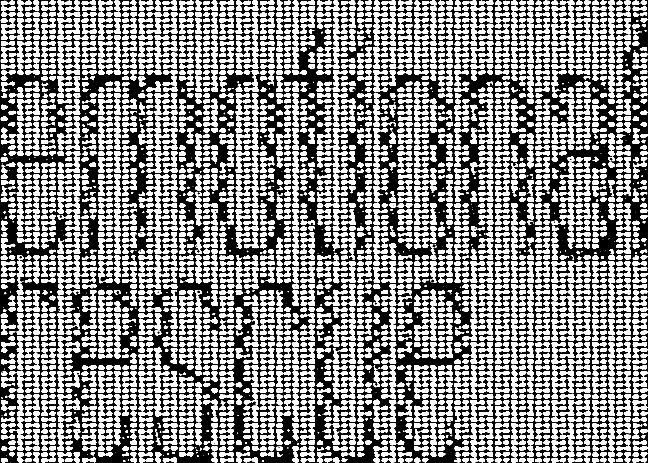Continuing down the rabbit hole of research for our studio project, I’ve started looking into the concept of designing for emotion and the work of Donald Norman, design theorist, author, co-founder of the Nielsen Norman Group, Director of the Design Lab at UC San Diego and (apparently) master of the universe. In his book Emotional Design : Why We Love (or Hate) Everyday Things (Norman, 2007), Norman describes the three levels of how we interact with objects in the world: visceral, behavioral and reflective.
The theory goes that our visceral experience of an object is guided by our “pre-consciousness, pre-thought,” ignited by “its appearance, touch, and feel. (ibid, 37)” The behavioral level is defined by the object’s function, how we interact with it, its usability and performance. The reflective level represents our higher consciousness, our sense-making and cognitive abilities. Norman writes, that while visceral and behavioral experiences occur in the moment, reflection resonates with us into the future where we make long term connections with a product (thing), creating positive or negative associations with the object. He also notes that reflectivity is particularly difficult to intentionally design for as it is “most vulnerable to variability through culture, experience, education, and individual differences. (ibid, 38)” Our individual life experiences lead to the greatest array of possibility in how we create these reflective associations with our objects.
The categories Norman presents are interesting and certainly provide a general framework for looking at different aspects of a designed object and how we may interact with it on different levels of consciousness. Having these distinctions helps to illuminate what it is I may or may not be doing in attempts to design with an emotional effect.
References
Norman, Don. Emotional Design : Why We Love (or Hate) Everyday Things, Basic Books, 2007.

